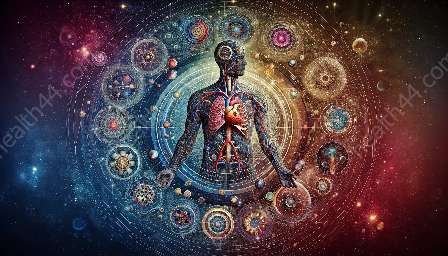The study of respiratory physiology encompasses the intricate mechanisms that govern the vital processes of breathing, gas exchange, and the transport of oxygen and carbon dioxide in the human body. It is a fundamental aspect of human physiology and plays a crucial role in health education and medical training.
The Functions of the Respiratory System
The primary function of the respiratory system is to facilitate the exchange of oxygen and carbon dioxide between the body and the environment. This occurs through the process of ventilation, which involves the movement of air in and out of the lungs. In addition to gas exchange, the respiratory system also plays a role in maintaining the body's acid-base balance and helps regulate blood pressure.
Gas Exchange and Transport
Gas exchange takes place in the lungs, where oxygen from inhaled air diffuses into the bloodstream and carbon dioxide from the blood is expelled into the air in the lungs to be exhaled. This process occurs in the alveoli, the tiny air sacs in the lungs where the exchange of gases occurs between the air and the blood. Once oxygen is absorbed into the bloodstream, it is transported by red blood cells to tissues throughout the body, where it is used for cellular respiration. Carbon dioxide, produced as a byproduct of cellular metabolism, is carried by the blood back to the lungs to be exhaled.
The Influence of Health Education and Medical Training
Respiratory physiology is a key component of health education and medical training. It is essential for healthcare professionals to have a deep understanding of the respiratory system and its functions in order to effectively diagnose and treat respiratory disorders. Medical training programs provide students with the knowledge and skills necessary to assess and manage respiratory conditions, as well as to interpret pulmonary function tests and other diagnostic procedures.
Furthermore, health education initiatives aim to raise awareness about the importance of lung health and educate the public about preventive measures to maintain healthy respiratory function. This includes promoting smoking cessation, advocating for clean air initiatives, and emphasizing the importance of regular exercise for lung health.
Conclusion
Respiratory physiology is a captivating field that delves into the intricate mechanisms of breathing, gas exchange, and the transport of respiratory gases. It is a crucial component of human physiology and has far-reaching implications for health education and medical training. By understanding the complexities of respiratory physiology, healthcare professionals can provide better care for patients with respiratory disorders and contribute to overall public health.


